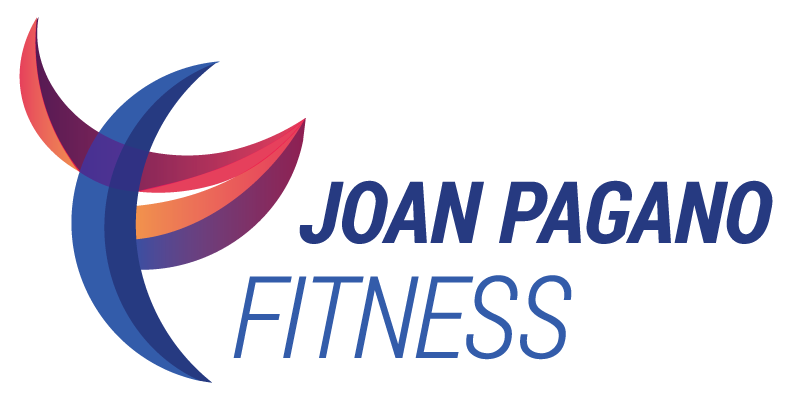Is Your Stress Level Bad to the Bone?
You may be familiar with the well-publicized risk factors for bone loss and osteoporosis, such as being a woman, aging, menopause, family history, being small and thin, an inactive lifestyle, and smoking. But did you know that anxiety can also increase your risk for bone fractures?
New research builds upon previous findings that link anxiety to a higher risk for heart disease and gastrointestinal problems. In a study recently published in the North American Menopause Society’s journal Menopause, Italian researchers reported that women who had the most anxiety faced a higher fracture risk compared to those with the lowest degree of anxiety.
Higher anxiety was linked to lower bone mineral density scores in both the lower back and the femoral neck of the hip joint in postmenopausal women, raising the risk of a major fracture over a 10-year period. The negative effect of stress hormones on bone status is one factor, as is the tendency to manage stress with unhealthy lifestyle behaviors like smoking, poor diet and lack of exercise.
Bones play an important role in providing structure to our bodies, protecting our organs, moving our joints and storing calcium. Bones are made from living tissue which renews itself continuously throughout our lives. If your skeleton is to remain strong it needs stimulation from physical activity, without which bones can weaken just as muscles do if not used regularly, as well as adequate calcium and Vitamin D.
Exercise helps conserve bone, offset bone loss, and prevent falls and fractures. The two types of exercise important for building and maintaining bone density are weight-bearing and muscle strengthening.
Weight-bearing exercises: Anytime you are standing (weight-bearing), you are resisting the force of gravity, which places positive stress on the bones. Do a variety of brief, frequent bouts every day in normal activities like walking and climbing stairs to maintain their strength. Choose cardio exercises like fast walking, jogging, hiking, dancing and the elliptical where you are on your feet.
Muscle strengthening, or resistance exercises, causes the muscles to exert force on the bones, which strengthens them at the same time as the muscles are getting stronger. Do exercises for all the major muscle groups (legs, back, chest, shoulders, arms and core) to stimulate bones throughout the skeleton.
A bone density test will help you tailor your exercise program by showing which, if any, areas are at reduced bone density – your spine, hips or wrist. This will help determine the exercise selection and intensity of your program. An exercise program for people with osteoporosis should include posture, balance, gait, coordination and trunk stabilization as well as strength training and weight-bearing cardio. Be sure to consult with a healthcare professional before beginning an exercise program or becoming much more physically active.
National Osteoporosis Foundation Jumping Jack Challenge: If your bones and joints are healthy, join the challenge to do 10 jumping jacks in under 10 seconds. Watch me here. (If you have osteoporosis, just do the “Step-Jack” instead, eliminating the jump and stepping one leg at a time to the side).

